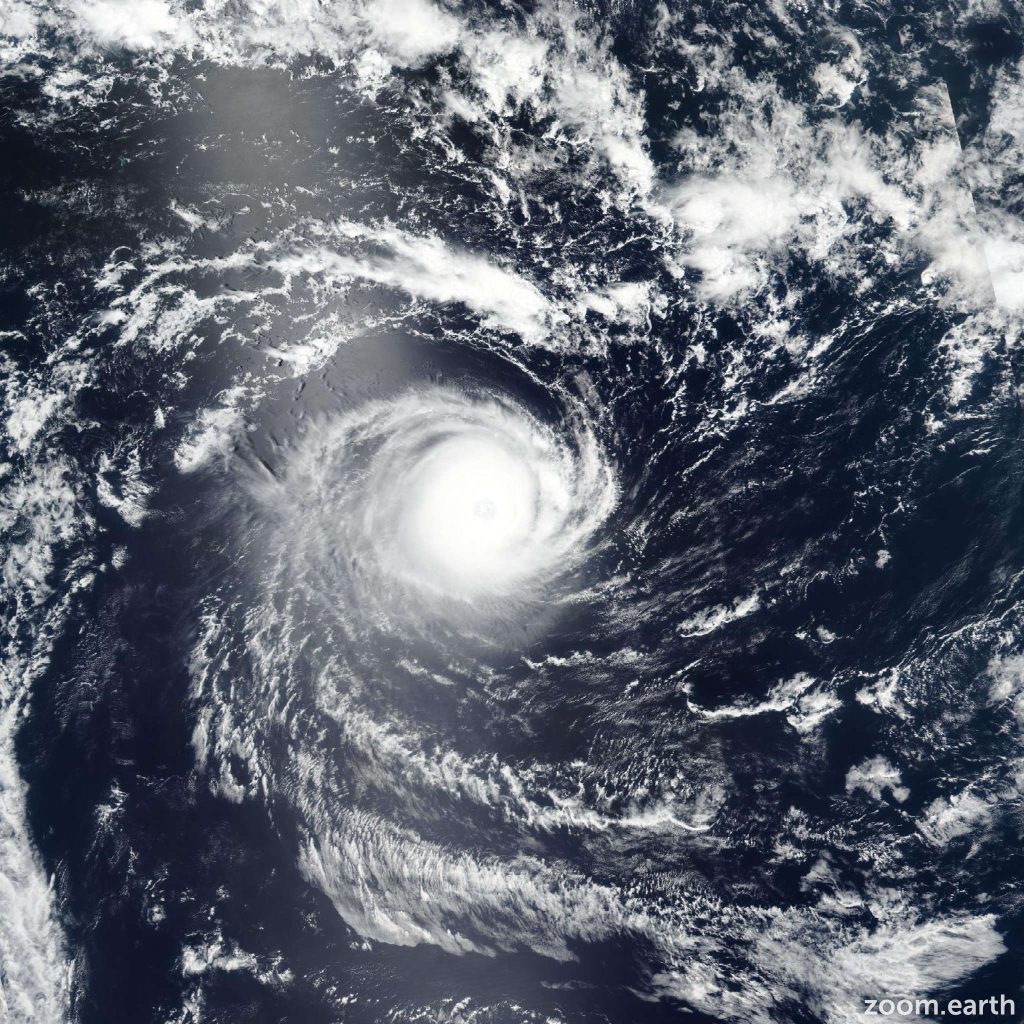By Khulile Thwala
Meteorological and Hydrological Services in Southern Africa have warned SADC member states to brace themselves for possible torrential rains and localised floods.
This comes as the organisation has been tracking the movements and trajectory of Cyclone Freddy. According to the Meteorological and Hydrological Services in Southern Africa, Tropical Cyclone Freddy is evolving over the mid-Indian Ocean and is moving in a Westerly track at 25km/h.
The Southern Africa Development Community (SADC) Climate Services Centre says on this trajectory, Freddy is approaching the Mascarenes in Madagascar and clouds associated with it may cause heavy rains over Rodrigues by the end of the weekend and over Mauritius by early next week.
With the approach of Cyclone Freddy, conditions will become very unstable over Madagascar causing heavy torrential rains.
“A low-pressure area is currently present over northern Botswana and causing heavy rains. This low pressure is not expected to deepen, however, heavy rains with a high risk of local flooding will be favoured over some parts of Botswana, Zambia, Zimbabwe, Eswatini, northern South Africa and central Mozambique in the coming days,” reads a statement from the climate services centre.
The institute further requested national meteorological and hydrological services to monitor these events and update relevant institutions such as Disaster Risk Management Agencies at the Member States level to support preparedness and response measures to protect lives and property.
The Cyclone comes at a time when the government of Eswatini and South Africa are trying to activate mop-up operations following heavy rains that have resulted in flooding and caused severe damage to roads and infrastructure.
In Eswatini, heavy rains and floods have caused havoc in the Northern Hhohho, specifically Nkyakatfo, Northern Lubombo and Maphiveni.
The office of the Deputy Prime Minister along with the National Disaster Management Agency (NDMA) conducted an overview assessment earlier in the week to assess the damages to decide if a state of emergency was required to deal with the situation.
The cyclone looms as the office is still waiting for a comprehensive report. In South Africa, the Provinces of Eastern Cape, KwaZulu-Natal, Mpumalanga and Limpopo have been battered by storms that resulted in flooding and damage.
The storms have also adversely affected Transnet Freight Rail operations in the North-East Corridor. According to a report issued by Transnet, heavy, abnormal rains damaged the rail infrastructure across the corridor’s major commodity pathways resulting in severe disruption to the train service.
As a precautionary measure and for safety reasons, Transnet freight operations across the North-East Corridor had to be wholly suspended.
“The infrastructure impact of the floods has unfortunately caused wash aways – an occurrence where flood water overwhelms the drainage systems and wash away the ballast that supports the railway sleepers causing unsafe conditions for the safe running of trains. Railway sections that are heavily impacted by the adverse weather conditions are the lines between Nelspruit -Kaapmuiden and Komatipoort as well as the Mhlume line to Eswatini, adversely hindering major commodity flows such as magnetite, chrome, ferrochrome, and rock phosphate,” reported the freight entity.
It further stated that branch line operations at Lydenburg (Mashishing) and Belfast were also severely impacted, affecting the movement of magnetite, chrome, ferrochrome, rock phosphate and coal.
“Over-border operations to the Maputo port and TCM Matola terminal are also adversely impacted and at a standstill due to flooding of various parts of the network, affecting the movement of export magnetite, rock phosphate, chrome and ferrochrome,” read in part the assessment report.
“Due to the severity of the floods and for safety reasons, TFR has resolved to suspend its services on the corridor until a full safety assessment is undertaken – and the line is certified as safe for the normal running of train traffic. Employee safety is a primary concern. Full resumption of services will only occur once the lines are declared safe. TFR continues to maintain regular contact to update its customers and stakeholders on the status of the train service and ongoing recovery efforts.”
This corridor strategically links the South African freight business with that of other SADC countries mainly through Eswatini, Zimbabwe, Maputo, Zambia, and the DRC. Commodities are transported via various border posts or gates of entry such as Komatipoort, Golela, Beitbridge, Livingstone, and Sakania.
The corridor has three prominent linear flows (Pit to Port) and is defined as follows; Phalaborwa to Maputo and Richards Bay, mainly transporting Magnetite and Rock Phosphate. Witbank to Maputo, mainly transporting Chrome and Coal.
The Intermodal (Reefers) originating from Tzaneen, Musina and Bela Bela destined for Durban. According to the Transnet website, strengths within the corridor are good rail connectivity with sub-Saharan Africa, enabling operational integration; and collaboration across Transnet Operating Divisions improving service on integrated pit-to-port flow.
